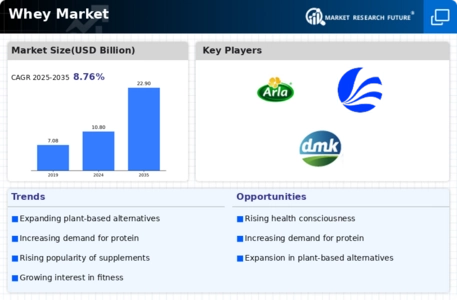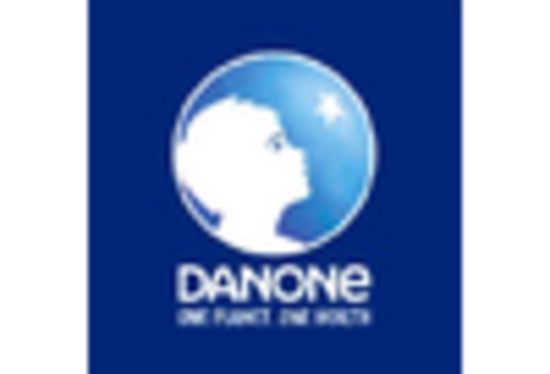Market Share
Whey Market Share Analysis
In the competitive landscape of the whey market, companies employ various strategies to establish their market share and gain a competitive advantage. One prominent approach is differentiation, where companies strive to set their whey products apart from competitors by offering unique features or attributes. For instance, some companies focus on producing whey protein isolates with high protein content and low lactose levels, appealing to consumers seeking pure and easily digestible protein supplements. Others differentiate through flavor innovation, offering a wide range of flavored whey protein powders to cater to diverse tastes and preferences.
Cost leadership is another significant strategy in the whey market, where companies aim to become the lowest-cost producer to attract price-conscious consumers. By optimizing production processes, sourcing raw materials efficiently, and achieving economies of scale, companies can offer competitive prices without compromising on quality. This approach is particularly appealing in markets where consumers prioritize affordability without sacrificing product efficacy or taste. Moreover, cost leadership enables companies to penetrate new market segments and expand their customer base by providing accessible options to a wider audience.
Moreover, niche positioning is a strategy adopted by some companies in the whey market, targeting specific consumer segments with specialized products. For example, companies may focus on producing whey protein powders tailored for athletes, bodybuilders, or fitness enthusiasts, emphasizing the muscle-building and recovery benefits of whey protein. By addressing the unique needs and preferences of niche markets, companies can differentiate themselves from competitors and build a loyal customer base. Niche positioning also allows companies to command premium prices for specialized products and reduces direct competition in the broader market.
Innovation plays a crucial role in market share positioning strategies within the whey market. Companies invest in research and development to introduce new formulations, flavors, or product formats that cater to evolving consumer demands and trends. For instance, companies may develop whey protein bars, ready-to-drink shakes, or functional food products fortified with whey protein to appeal to consumers seeking convenient and on-the-go nutrition. Innovation not only allows companies to differentiate themselves but also helps them stay ahead of competitors and maintain relevance in a rapidly changing market landscape.
Collaboration and partnerships are also essential for market share positioning in the whey market. Companies may form strategic alliances with sports nutrition brands, food and beverage manufacturers, or retail chains to enhance their market presence and distribution networks. Collaborative efforts can facilitate product development, joint marketing initiatives, or co-branding opportunities. By leveraging the strengths and resources of partners, companies can expand their reach, gain access to new customer segments, and drive growth in the competitive whey market.
Furthermore, branding and marketing efforts play a crucial role in effective market share positioning in the whey market. A strong brand identity helps companies differentiate themselves, build trust with consumers, and establish a loyal following. Effective marketing campaigns that highlight the benefits of whey protein, such as muscle recovery, weight management, or overall health and wellness, can resonate with consumers and drive sales. Additionally, companies may leverage social media platforms, influencer partnerships, or athlete endorsements to engage with consumers and build brand awareness.

















Leave a Comment